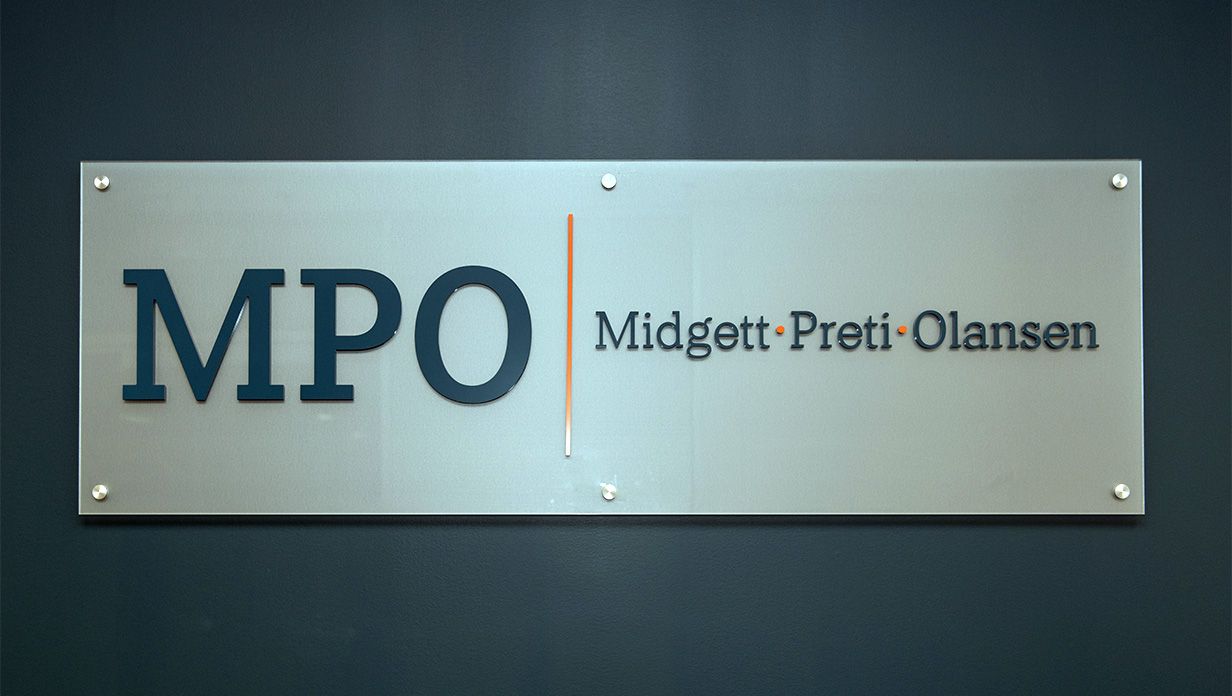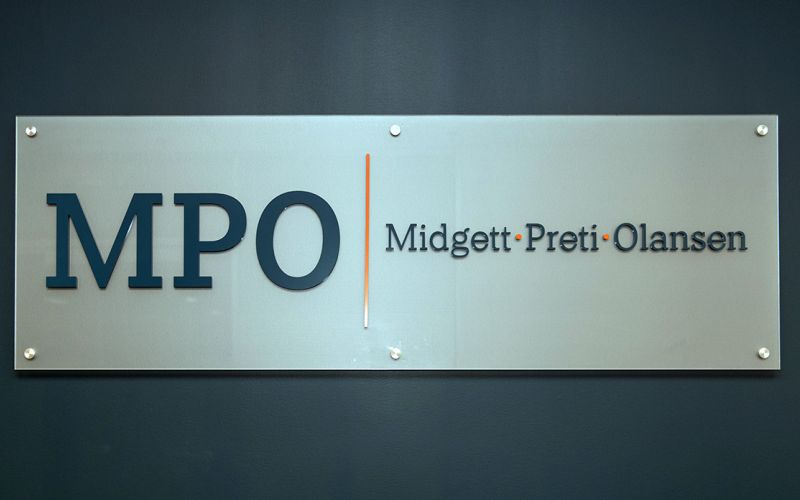Setting Every Community Up for Retirement Enhancement Act


Key provisions affecting individuals:
Repeal of the maximum age for traditional IRA contributions.
Before 2020, traditional IRA contributions were not allowed once the individual attained age 70½. Starting in 2020, the new rules allow an individual of any age to make contributions to a traditional IRA, as long as the individual has compensation, which generally means earned income from wages or self-employment.
Required minimum distribution age raised from 70½ to 72.
Before 2020, retirement plan participants and IRA owners were generally required to begin taking required minimum distributions, or RMDs, from their plan by April 1 of the year following the year they reached age 70½. The age 70½ requirement was first applied in the retirement plan context in the early 1960s and, until recently, had not been adjusted to account for increases in life expectancy.
Beginning January 1, 2020, the age at which individuals must begin taking distributions from their retirement plan or IRA is increased from 70½ to 72.
There have been no changes to Roth IRAs RMD rules. Roth IRA owners are not required to take RMDs.
Partial elimination of stretch IRAs.
Previous to 2020, IRA beneficiaries (both spousal and non-spousal) were generally allowed to stretch out the tax-deferral advantages of an inherited IRA by taking distributions over their remaining life expectancy (in the IRA context, this is sometimes referred to as a “stretch IRA”).
Beginning in 2020, the assets of an inherited IRA must be completely distributed to its beneficiaries within ten years following the plan participant’s or IRA owner’s death. In other words, the “stretch IRA” distribution strategy is no longer allowed.
Exceptions to the 10-year rule are allowed for distributions to (1) the surviving spouse of the plan participant or IRA owner; (2) a child of the plan participant or IRA owner who has not reached majority; (3) a chronically ill individual; and (4) any other individual who is not more than ten years younger than the plan participant or IRA owner. Those beneficiaries who qualify under this exception may generally still take their distributions over their life expectancy (as allowed under the rules in effect for deaths occurring before 2020). However, once a child reaches majority (18), the 10-year rule then applies.
Expansion of Section 529 education savings plans to cover registered apprenticeships and distributions to repay certain student loans.
A Section 529 education savings plan (a 529 plan, also known as a qualified tuition program) is a tax-exempt program established and maintained by a state, or one or more eligible educational institutions (public or private). Any person can make nondeductible cash contributions to a 529 plan on behalf of a designated beneficiary. The earnings on the contributions accumulate tax-free. Distributions from a 529 plan are excludable from the income of the designated beneficiary as long as they are used to pay for the designated beneficiary’s qualified higher education expenses.
Before 2019, qualified higher education expenses didn’t include the expenses of registered apprenticeships or student loan repayments.
But for distributions made after Dec. 31, 2018 (the effective date is retroactive), tax-free distributions from 529 plans can be used to pay for fees, books, supplies, and equipment required for the designated beneficiary’s participation in an apprenticeship program. In addition, tax-free distributions (up to $10,000) are allowed to pay the principal or interest on a qualified education loan of the designated beneficiary, or a sibling of the designated beneficiary.
Kiddie tax changes for gold star children and others.
In 2017, Congress passed the Tax Cuts and Jobs Act (TCJA, P.L. 115-97), which made changes to the so-called “kiddie tax,” which is a tax on the unearned income of certain children. Before enactment of the TCJA, the net unearned income of a child was taxed at the parents’ tax rates if the parents’ tax rates were higher than the tax rates of the child.
Under the TCJA, for tax years beginning after Dec. 31, 2017, the taxable income of a child attributable to net unearned income is taxed according to the brackets applicable to trusts and estates. Children to whom the kiddie tax rules apply and who have net unearned income also have a reduced exemption amount under the alternative minimum tax (AMT) rules.
There had been concern that the TCJA changes unfairly increased the tax on certain children, including those who were receiving government payments (i.e., unearned income) because they were survivors of deceased military personnel (“gold star children”), first responders, and emergency medical workers.
The new rules enacted on Dec. 20, 2019, repeal the kiddie tax measures that were added by the TCJA. So, starting in 2020 (with the option to start retroactively in 2018 and/or 2019), the unearned income of children is taxed under the pre-TCJA rules, and not at trust/estate rates. And, starting retroactively in 2018, the new rules also eliminate the reduced AMT exemption amount for children to whom the kiddie tax rules apply and who have net unearned income.
Penalty-free retirement plan withdrawals for expenses related to the birth or adoption of a child.
Generally, a distribution from a retirement plan must be included in income. And, unless an exception applies (for example, distributions in case of financial hardship), a distribution before the age of 59½ is subject to a 10% early withdrawal penalty on the amount includible in the recipient’s gross income.
Starting in 2020, plan distributions (up to $5,000) that are used to pay for expenses related to the birth or adoption of a child are penalty-free. That $5,000 amount applies on an individual basis, so for a married couple, each spouse may receive a penalty-free distribution up to $5,000 for a qualified birth or adoption. The distribution, however, is still subject to income tax.
Taxable non-tuition fellowship and stipend payments are treated as compensation for IRA purposes.
Before 2020, stipends and non-tuition fellowship payments received by graduate and postdoctoral students were not treated as compensation for IRA contribution purposes, and so could not be used as the basis for making IRA contributions.
Starting in 2020, the new rules remove that obstacle by permitting taxable non-tuition fellowship and stipend payments to be treated as compensation for IRA contribution purposes. This change will enable these students to begin saving for retirement without delay.
Tax-exempt difficulty-of-care payments are treated as compensation for determining retirement contribution limits.
Many home healthcare workers do not have taxable income because their only compensation comes from “difficulty-of-care” payments that are exempt from taxation. Because those workers do not have taxable income, they were not able to save for retirement in a qualified retirement plan or IRA.
Starting in 2020 for contributions made to IRAs (and retroactively starting in 2016 for contributions made to certain qualified retirement plans), the new rules allow home healthcare workers to contribute to a retirement plan or IRA by providing that tax-exempt difficulty-of-care payments are treated as compensation for purposes of calculating the contribution limits to certain qualified plans and IRAs.
To discuss how any of the provisions of the SECURE Act affect your personal estate plan, call us at 757-687-8888 for a consultation.

Written By John T. Midgett
John T. Midgett is a Shareholder in the Law Firm of Midgett Preti Olansen. His practice is concentrated in the related areas of estate planning, administration and taxation, estate and trust litigation, and family business planning.
Latest Resource Articles
-

What is the Difference Between Trustee, Executor, and Pow…
Written by Nathan R. Olansen on January 10, 2024.Key Takeaways: The overarching goal of any trustee, executor, or power of attorney is to wo…Read more -

Reasons Why You Should Hire a Professional Executor
Written by Nathan R. Olansen on December 21, 2023.Key takeaways: A fiduciary is a person or entity appointed to handle financial and legal ma…Read more -

Why Set Up a Trust for Your Grandchildren?
Written by Alison R. Zizzo on December 11, 2023.Creating a trust for a grandchild requires not only an understanding of one’s financial goal…Read more -

Understanding The Benefits of a Bloodline Trust
Written by Alison R. Zizzo on November 10, 2023.Key Takeaways A bloodline trust is an estate planning tool designed to protect assets for d…Read more -

Are Powers of Attorney Responsible for Medical Bills?
Written by Nathan R. Olansen on September 22, 2023.According to a Genworth’s 2021 Cost of Care Survey, the reported average cost of assisted li…Read more -

Top Reasons for Disputing a Trust in Virginia
Written by Nathan R. Olansen on September 1, 2023.A trust is a valuable tool for saving your loved ones from the probate process and reducing …Read more -

Are You Responsible for Your Deceased Spouse’s Medical Bi…
Written by Ann H. Larkin on August 29, 2023.After the death of a spouse, the surviving spouse will inevitably receive bills from hospita…Read more -

Know the Signs of an Employee Retention Credit Scam
Written by Nathan R. Olansen on August 2, 2023.If it sounds too good to be true, it probably is. The IRS has sounded the alarm repeatedly r…Read more -

Can a Trustee Sue a Beneficiary?
Written by Nathan R. Olansen on August 1, 2023.When you are named the trustee of a trust, it comes with responsibilities you need to be pre…Read more
"*" indicates required fields

© 2024 Midgett Preti Olansen





